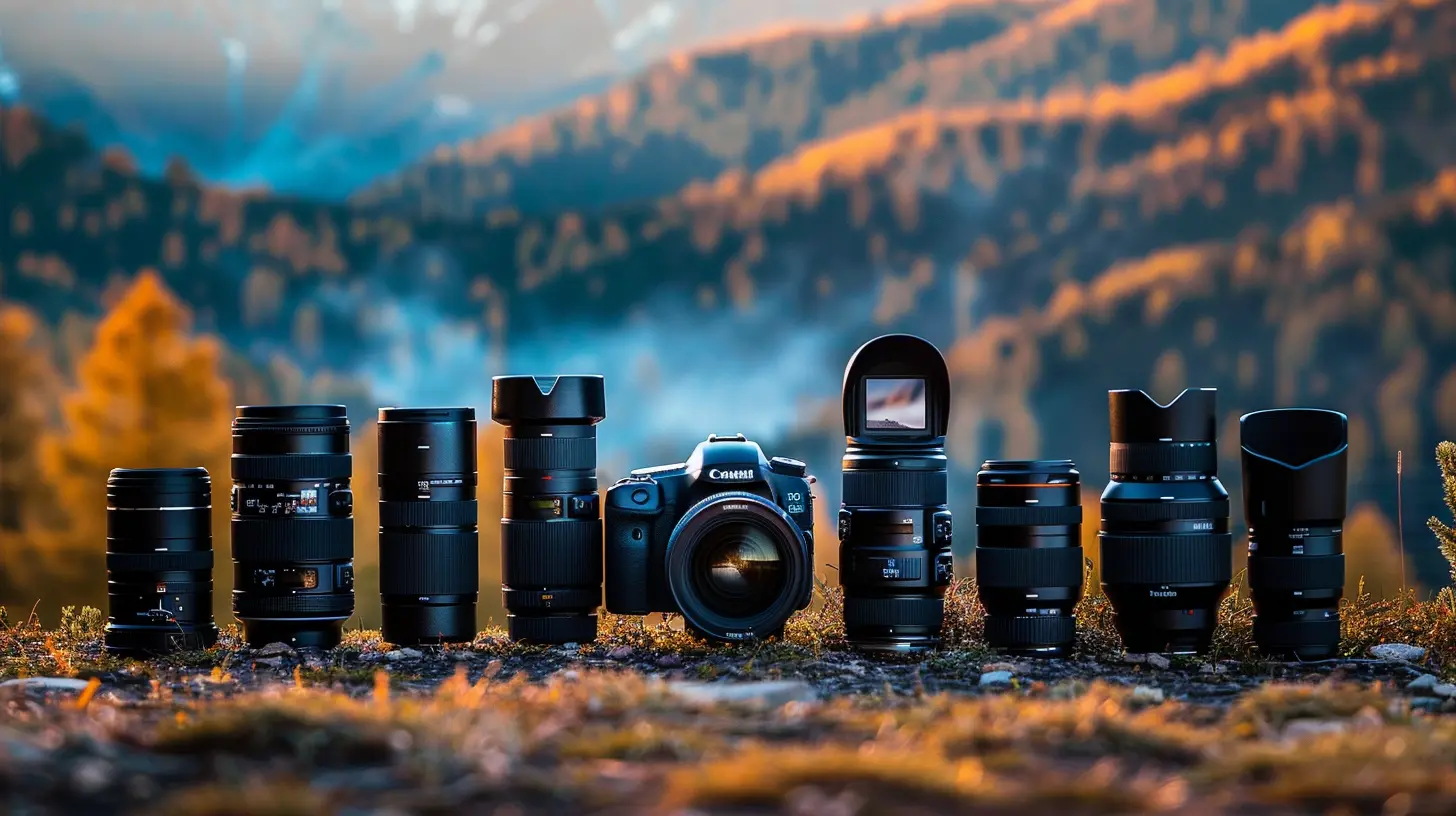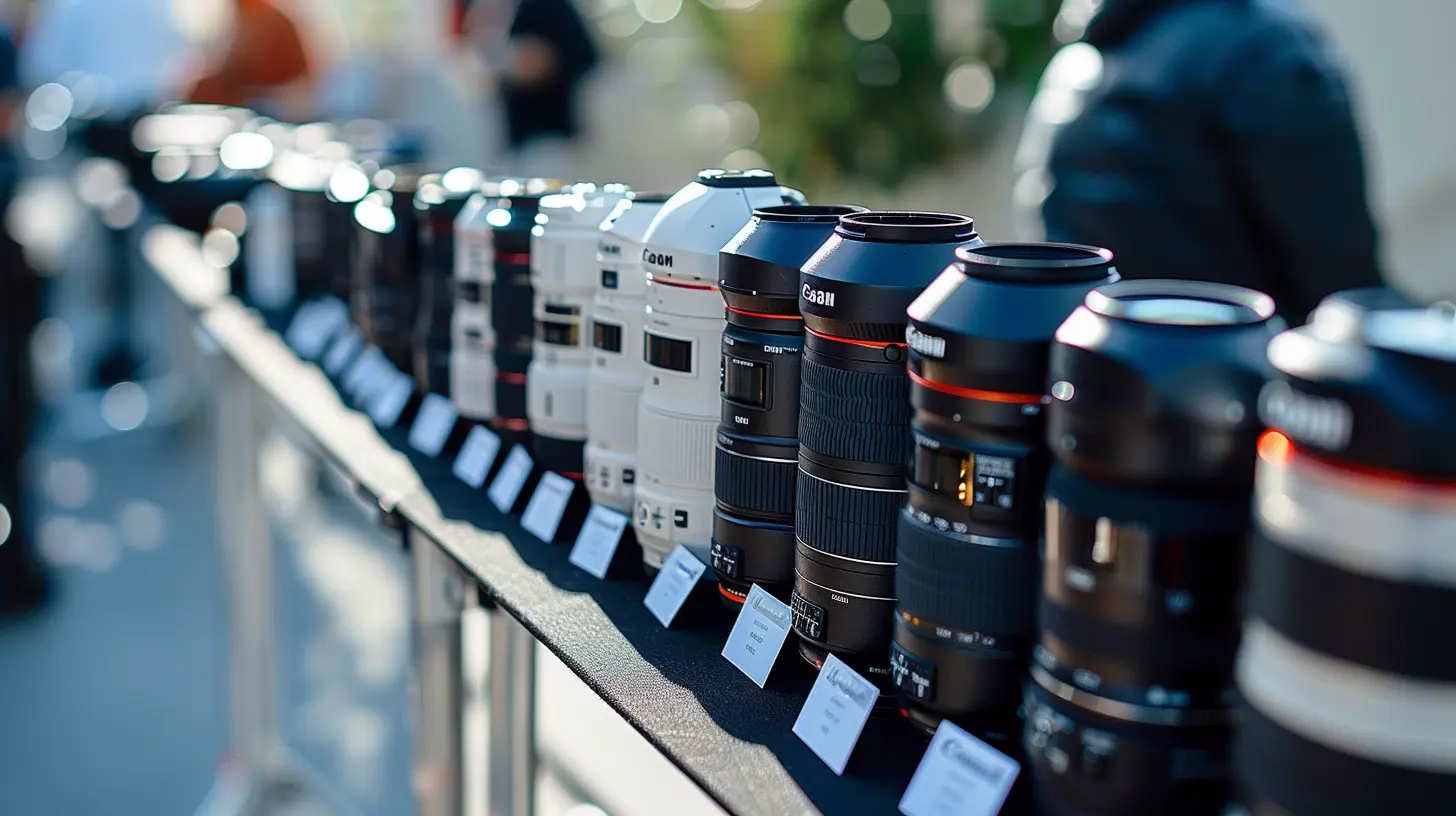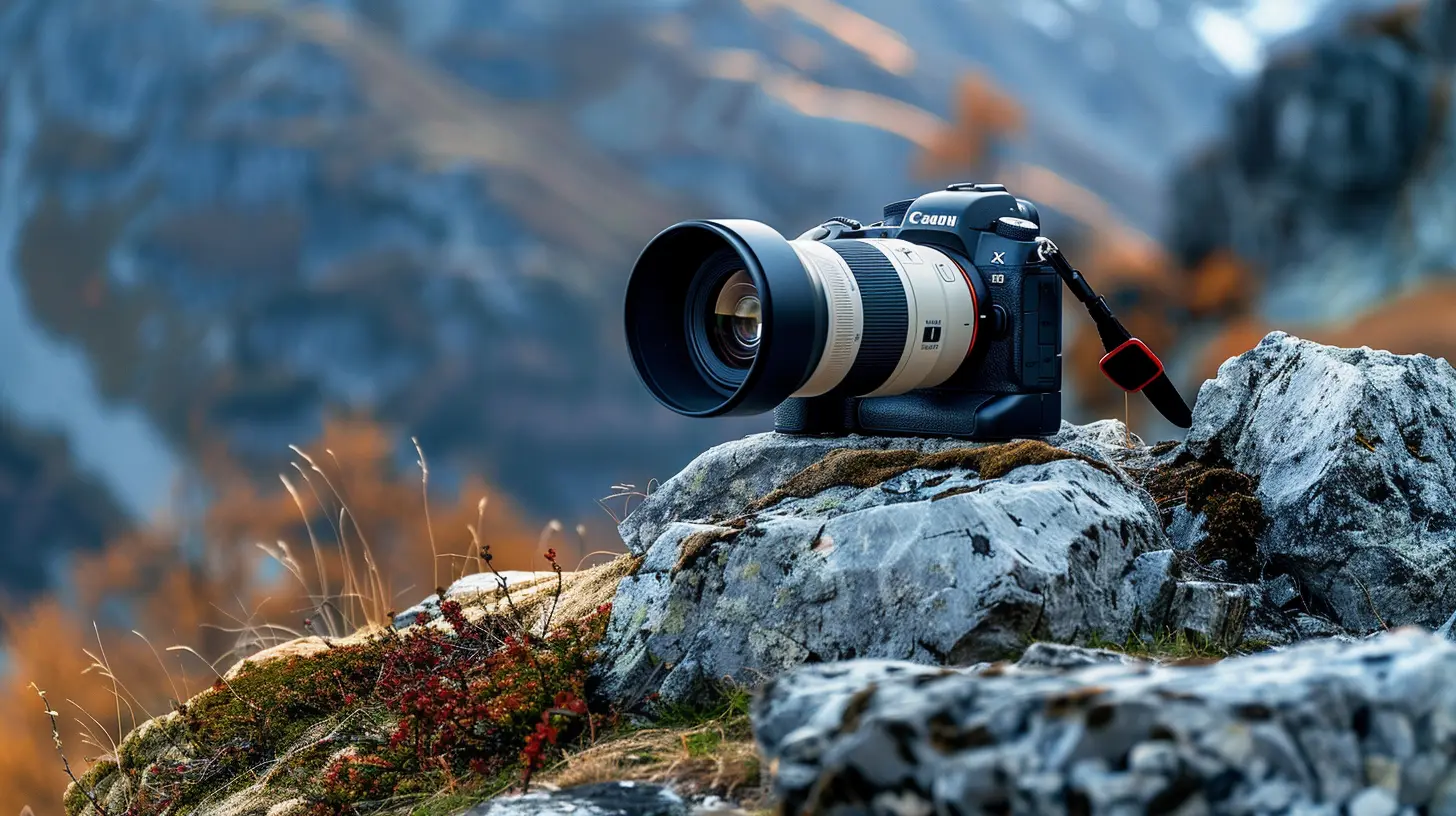Telephoto Lenses: Bringing Distant Subjects into Sharp Focus
5 November 2025
Photography is all about perspective. Sometimes, the perfect shot isn’t just a few feet away—it’s across a vast landscape or soaring high above. That’s where telephoto lenses come into play. These powerful tools bring distant subjects into sharp focus, allowing photographers to capture stunning details that would otherwise be impossible.
But what exactly makes telephoto lenses special? And how can you use them to elevate your photography? Let’s dive in. 
What Is a Telephoto Lens?
A telephoto lens is a type of camera lens with a long focal length, typically ranging from 70mm to 600mm or more. These lenses magnify distant subjects, making them appear much closer than they actually are. In simpler terms, they act like binoculars for your camera.Whether you're photographing wildlife, athletes in motion, or breathtaking landscapes, a telephoto lens helps you get up close without physically moving—a game-changer for photographers in various fields. 
Why Use a Telephoto Lens?
So, what makes telephoto lenses a must-have for photographers? Here are some compelling reasons:1. Capturing Distant Subjects
Imagine you’re on a safari, watching a lion basking in the golden sunset—except it’s half a mile away. Would you want to risk getting closer? Probably not! A telephoto lens allows you to capture the moment safely and effectively, bringing far-off subjects into sharp focus.2. Perfect for Portraits
Telephoto lenses aren’t just for distant subjects. They excel at portrait photography too! The longer focal length compresses facial features, creating a natural and flattering look—perfect for headshots. Plus, they help isolate the subject by blurring out distracting backgrounds.3. Creating Stunning Background Blur (Bokeh)
Ever seen those dreamy portraits where the subject is razor-sharp, but the background is a beautifully blurred mix of colors? That’s bokeh, and telephoto lenses are perfect for achieving it. They narrow the depth of field, making subjects pop against smooth, out-of-focus backgrounds.4. Bringing the Action Closer
Sports and wildlife photographers swear by telephoto lenses. Whether you're photographing a cheetah sprinting across the savanna or a football player diving for a touchdown, these lenses let you capture fast-moving subjects with incredible detail.5. Enhancing Composition
A telephoto lens compresses the scene, making distant objects appear closer together. This technique is great for creative composition, adding depth and drama to landscapes and cityscapes.
Types of Telephoto Lenses
Not all telephoto lenses are created equal. Let’s break them down:1. Short Telephoto (70mm - 135mm)
- Ideal for portrait photography- Produces a flattering compression effect
- Works well in street and event photography
2. Medium Telephoto (135mm - 300mm)
- Great for sports and wildlife photography- Provides a good balance of reach and versatility
- Works well for concerts and performances when you can’t get close to the stage
3. Super Telephoto (300mm - 600mm and beyond)
- Best for professional wildlife and sports photography- Requires a tripod or monopod for stability
- Captures extreme details even from long distances
Each type serves a different purpose, so choosing the right one depends on your style and needs. 
Tips for Using a Telephoto Lens Like a Pro
Owning a telephoto lens is one thing—mastering it is another. Here are some key tips to make the most of it:1. Use a Fast Shutter Speed
The longer the focal length, the more prone you are to camera shake. To prevent blurry images, use a fast shutter speed—a good rule of thumb is 1/focal length (e.g., for a 300mm lens, use at least 1/300 sec).2. Stabilize Your Shot
Even with a fast shutter speed, telephoto lenses can be tricky to handle. Use a tripod or monopod to keep things steady, especially for long focal lengths. If you're shooting handheld, activate image stabilization (if your lens has it).3. Focus Carefully
Telephoto lenses have a shallow depth of field, meaning even a slight focus error can ruin a shot. Use single-point autofocus to ensure your subject is tack-sharp.4. Watch Your Composition
Since telephoto lenses compress the background, be mindful of how elements interact within your frame. Look for leading lines, layers, and interesting patterns to create compelling compositions.5. Adjust Your Aperture Wisely
Want crisp details throughout the scene? Use a narrower aperture (f/8 - f/11). Prefer a dreamy, blurred background? Open up to f/2.8 or f/4. Understanding aperture control will make a huge difference in your shots.Common Challenges and How to Overcome Them
Despite their powerful capabilities, telephoto lenses come with some challenges. Here’s how to tackle them:1. Heavy and Bulky
- Many telephoto lenses are large and heavy, making them hard to carry. Consider using a monopod or investing in a lighter, compact version.2. Pricey Investment
- High-quality telephoto lenses can be expensive, but you can start with budget-friendly options or rent before buying.3. Limited Low-Light Performance
- Due to their long focal lengths, telephoto lenses often require more light. If shooting indoors or in dim conditions, consider a wider aperture lens (like f/2.8) or increase your ISO settings.Telephoto Lenses vs. Zoom Lenses: What’s the Difference?
Many people confuse telephoto lenses with zoom lenses, but they’re not the same thing.- Telephoto Lens → Any lens with a long focal length, whether fixed (prime) or zoom.
- Zoom Lens → A lens with a variable focal length, which may or may not include a telephoto range.
For example, a 70-200mm f/2.8 is both a zoom lens and a telephoto lens, while a 300mm f/4 prime lens is a telephoto lens but not a zoom.
Final Thoughts
Telephoto lenses are powerful tools that open up a world of photographic possibilities. Whether you’re capturing distant wildlife, fast-paced sports, or intimate portraits, these lenses allow you to shoot with incredible clarity and focus.Sure, they might take some getting used to—they’re heavier, trickier to stabilize, and can be pricey—but once you learn how to harness their potential, they become indispensable in your gear collection.
So, if you’ve ever struggled to capture subjects that seem just out of reach, maybe it’s time to let a telephoto lens do the heavy lifting. Your best shots might just be a zoom away!
all images in this post were generated using AI tools
Category:
Camera GearAuthor:

Marcus Gray
Discussion
rate this article
1 comments
Pamela Barnes
Telephoto lenses are essential for capturing distant subjects with clarity, making them perfect for wildlife photography and sports. Their impressive reach enhances creativity and storytelling.
November 5, 2025 at 5:36 AM


